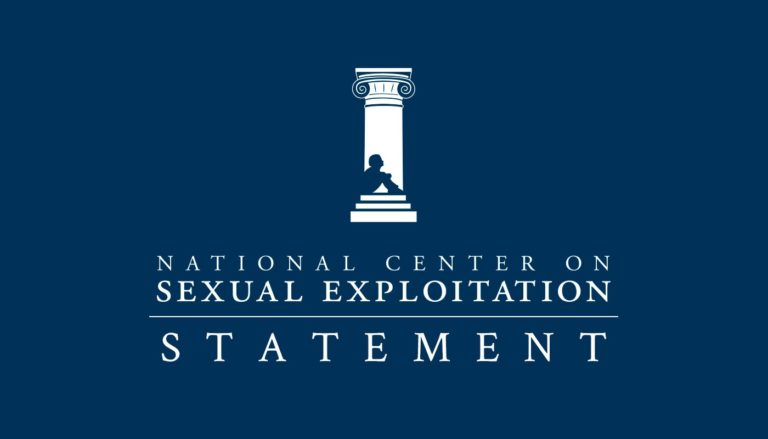In a recent interview with The Daily Telegraph, best-selling author John Grisham defended those who view child porn, saying “We have prisons now filled with guys my age. Sixty-year-old white men in prison who’ve never harmed anybody, would never touch a child.” His statement, since retracted, illustrates his profound ignorance of the crime of child pornography.
Mr. Grisham correctly identifies a significant law enforcement problem: the inflation of our nation’s prison populations with child pornographers. But his proposed solution, a slap on the wrist for most child pornographers, would only result in fuller prisons with higher turnover rates.
We must understand that the problem he identifies is an Internet Age problem. Two decades ago, child porn was nearly wiped out in America due to the aggressive efforts of law enforcement. Easy access to child porn on the Internet is a factor in the reversal of that success. But one must ask why men in such enormous numbers today visit child porn sites and trade child porn.
Do we have an influx of pedophiles? Not likely. Most child pornographers today in fact are not pedophiles. Rather they are men of all ages and economic backgrounds—even teens—who, in regularly consuming pornography, have experienced a powerful psychological desire to move from images of topless women to harder and more deviant pornography, including sometimes a desire for child pornography. This urge to seek newer and harder porn occurs because the brain demands novelty for the user to maintain sexual stimulation. What was once exciting becomes boring with repeated exposure. In this regard, porn sex is markedly different from marital sex.
This need to deviate from softer porn to hardcore porn has not escaped the attention of law enforcement officials engaged in child pornography investigations and prosecutions. Defendants often express to law enforcement that their porn consumption over time “got out of control” and led them to child porn. This explains why these same defendants are often married, professionally successful men with children or grandchildren—those we least expect to be engaged in this foul crime.
Mr. Grisham provides insight to this phenomenon with an anecdote about his friend imprisoned for child pornography crimes. He explained that one night, his law school buddy was drunk and, looking for Internet porn, found a site offering pornographic images of 16-year-old kids. His need for novelty might have been sated for the moment, but it also pushed him into the middle of an FBI child porn investigation. The fact that today’s most common search term for pornography is “teen” demonstrates that porn users have now developed tastes for younger and younger performers. Grisham’s friend was purposefully looking for child sexual abuse images by seeking out images of 16-year-olds and he easily found them.
From his ivory tower, Mr. Grisham commented that there is a distinction between child molesters and those who view and download child porn, and that those viewing child porn “don’t hurt anybody.” What a tragic statement. He would not say such a thing if he were viewing the situation from the child’s perspective, as law enforcement does. Child pornography is the photographic representation of the rape and sexual exploitation of a child, a crime of monumental proportions. No child can give consent to such activity. The great harm to the child involved in this exploitation is repeated with every viewing of the image, even by friends of Mr. Grisham. Worse, these child porn offenders are significantly more likely to eventually abuse a child sexually, as experienced law enforcement officers know.
If we want to stop the heinous crime of child pornography, we must strictly enforce our nation’s laws that prohibit possession and distribution of child pornography. We must also vigorously enforce federal and state laws that prohibit the distribution of hardcore adult pornography because it is that material that leads many to child porn.
 Patrick Trueman is a former chief of the U.S. Department of Justice Child Exploitation and Obscenity Section, Criminal Division, in Washington, D.C. He is currently President of Morality in Media.
Patrick Trueman is a former chief of the U.S. Department of Justice Child Exploitation and Obscenity Section, Criminal Division, in Washington, D.C. He is currently President of Morality in Media.


